In the Panoplia.org online Soft Skills and Tactics (SST) Course we mention that every Loadout Level should include four essential gear categories. As shown in the image below, these are: A Means of Communication, Medical/Trauma Supplies, Self Defense Options, and Survival Procurement.
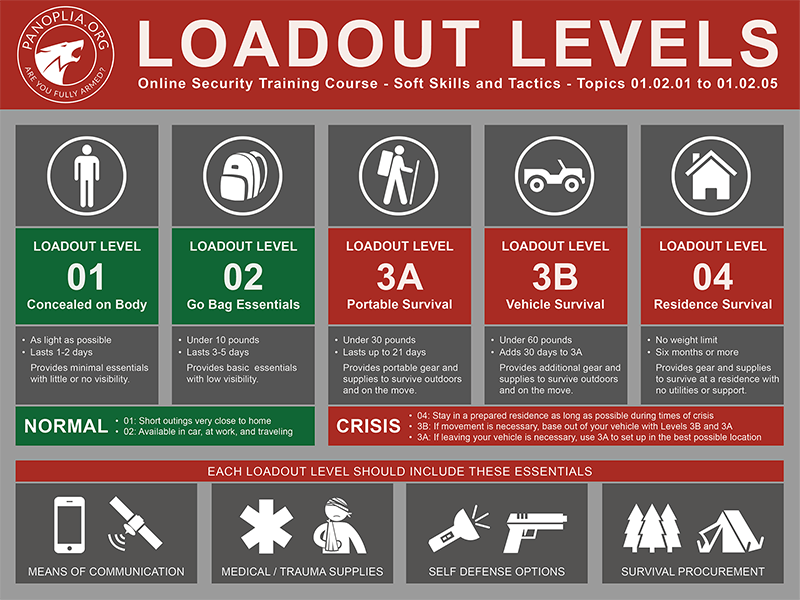
Having lived and worked in challenging overseas locations for years, and now serving as Global Security Advisor for teams serving in over 100 countries, I can attest to the fact that Communication options are among the most critical items one can have, especially in an emergency or crisis situation.
A great example is the civil war in Sudan that began not long ago, and that still rages on today. Countless individuals were able to be evacuated. Without communications, this would not have been possible. Even those who remain in Sudan today under very difficult circumstances benefit from having access to a communications device for information such as where fighting is taking place on a moment-by-moment basis.
Generally, we advise having access to at least three lines, or levels, of communication. This often includes a mobile phone, email via Internet providers, and a satellite communications device such as a Garmin InReach where it’s legal to have one. Those who’ve served in the military may be familiar with the PACE acronym. This adds a fourth level to the three options just mentioned.
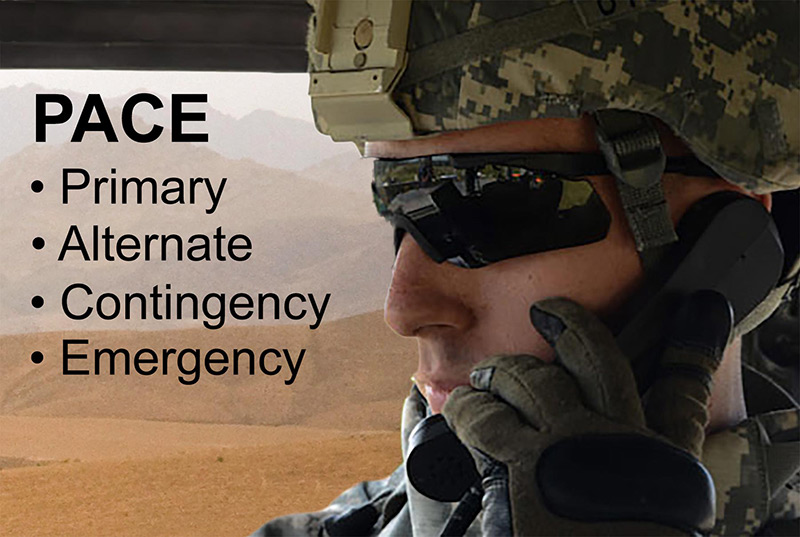
The problem with having a fourth level is that whereas the military can spend millions of dollars on setting up their own fourth comms level for a particular area of operations, few agencies, organizations, or individuals have access to such resources. This being the case, most outside the military were limited to three levels of communications as described above. That is, until now.
Just over a year ago we purchased a Starlink system for testing. At that time it cost $695.00 for the hardware. This consists of a two-way satellite antenna, a stand, a modem, and a cable. This self-contained system connects to a system of satellites in low-earth orbit to provide Internet access anywhere in the world. One simply needs line-of-site to the sky, and a power source to run the system.
This is nothing short of a game-changer. For a reasonable cost anyone can have access to reliable, relatively fast Internet anywhere in the world. Moreover, the system is portable. The image below shows the complete Starlink system housed in a purpose-built backpack that one can order for an extra $250.00.
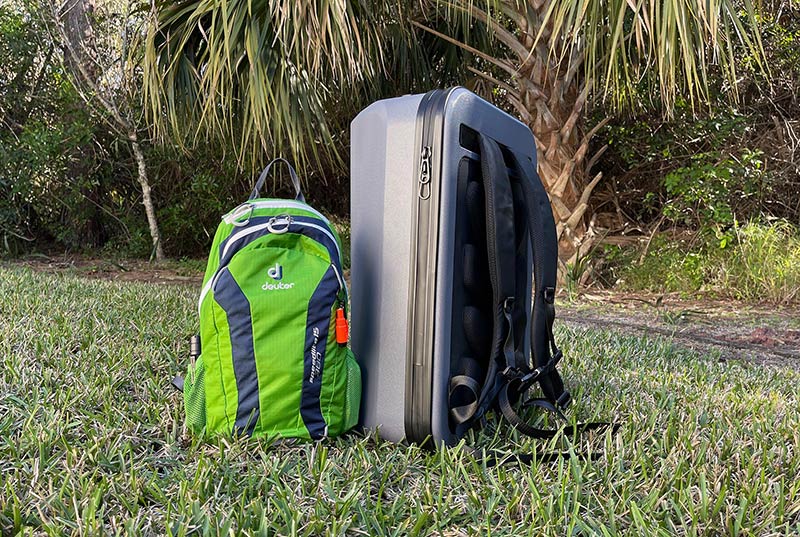
The Starlink backpack is shown above next to our 15-liter Loadout Level 02 Go Bag. With the full Starlink system inside, the backpack weighs in at almost exactly 20 pounds.
When it first came out, Starlink was only available as a stationary unit. It was tied to a single address, and the $100 or so monthly cost was mandatory. By mid 2022 when we purchased our system, however, there was what they call and RV option. Designed for those who operate Recreational Vehicles and thus travel around, the new service included the option of being able to set up anywhere, and the additional choice of being able to turn the service on or off at any time. The two downsides were that it cost more per month ($125), and the speeds were said to be less than those available to stationary units.
A few changes to pricing have been made since we purchase our system. It appears that the full system now costs $599, and the monthly “roam” option is now $150.00 per month when activated. One has to pay a minimum of one month when the system is reactivated. Despite the increase in the monthly cost, this remains a great choice for a level 04 emergency communications option. We’ve found that having deactivated the service and packing away the system, it took us as little as 20 minutes or so to reactivate the service online and set the Starlink up. So, in less than a half hour we had access to the Internet for one month at $150.00. That’s not bad at all for an emergency option.
One need look no further than Ukraine to understand how important such a system can be. It’s said that the Ukrainian Military are operating more than 20,000 Starlink systems. These are not only providing them with communications in the field, but it’s said that they are what’s responsible for allowing the thousands of drones involved in the war to operate. Clearly the Starlink system has changed the face not only of communications, but also of conflict.
We’ve chosen to install what Starlink calls a “Short Wall Mount” on our home as shown below.
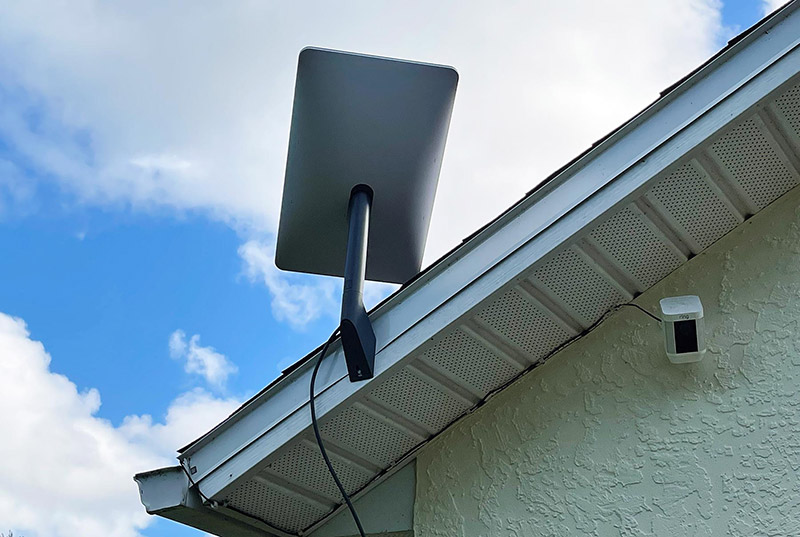
This allows us to quickly set up the system aimed in the best direction for our location within just a few minutes. We run the wire from the dish through a window and into our office where the Starlink modem is housed. Note that as great as this option is for emergency use, many have noted that due to the costs involved and the occasional glitches, it’s not yet ready to serve as a full-time replacement for cable or fiber Internet. This notwithstanding, since more Starlink satellites are being launched on a regular basis, it’s likely that both the reliability and speeds will continue to increase. The image at the top of this page shows the speeds we got and the uptime during our last test a few months ago.
Finally, you may be wondering about powering the Starlink system. Our tests indicate that the system when operating draws between 25 and 35 watts. The image below shows it attached to a Goal Zero Yeti 400 Power Station. This unit, about the size of a car battery, ran the complete Starlink system for nine hours. With careful time and management, this could keep one communicating for a week or more in a crisis situation.
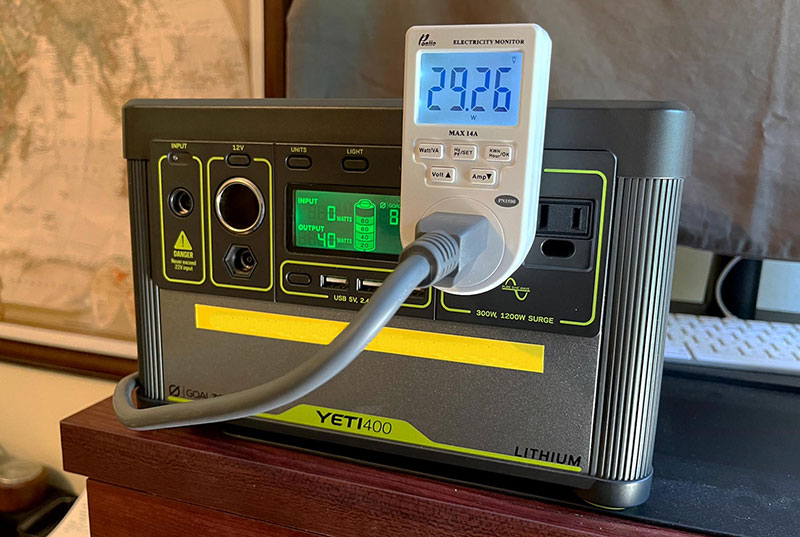
While the Starlink system may not be for everyone, it offers a level 04 emergency communications option that was available to almost no one just 18 months or so ago. As those fighting in Ukraine would likely verify, this can mean the difference between life and death under certain circumstances. For us, it means that we can continue to advise teams serving overseas even if our power goes out for lengthy periods.
As always, remember that Panoplia.org has no affiliate relationships with manufacturers or retail suppliers, nor do we participate in third-party advertising. We simply share our views about gear and supplies that work well for us under hard use.

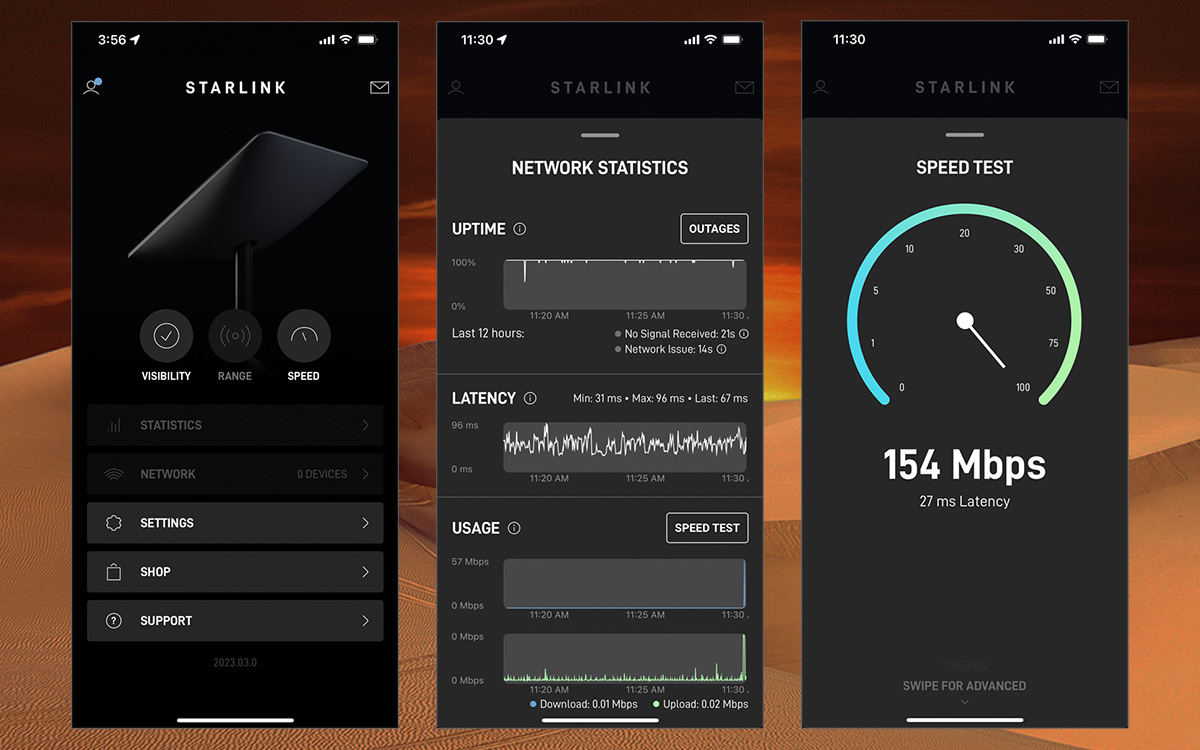


0 Comments